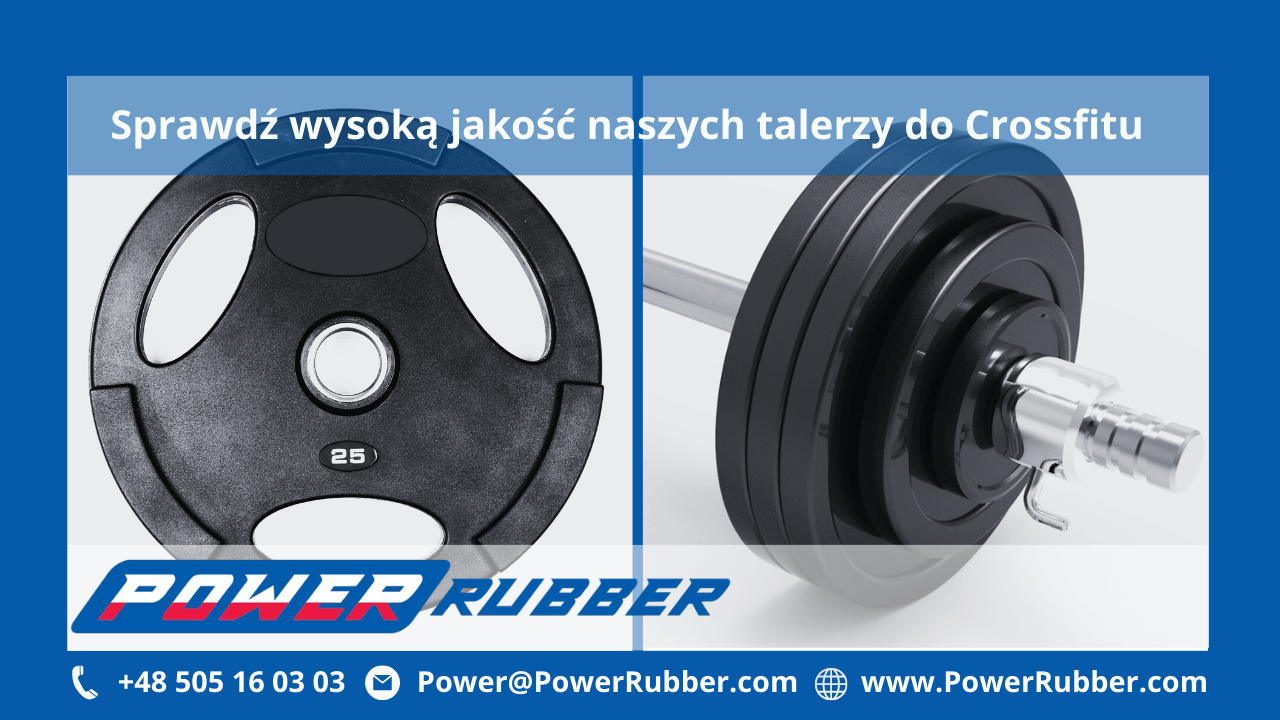Gym or CrossFit? Which strength training should you choose?
In the past, gyms were mostly visited by bodybuilders or people trying to lose weight. Training centres were few and far between, and the topic of fitness barely existed in the media. But now? Regular workouts are part of the urban lifestyle, and a gym membership card is just as common in wallets as bank cards or IDs.
What is CrossFit?
CrossFit is a high-intensity functional training method that has gained global popularity in recent years. It was developed by personal trainer Greg Glassman and includes modifiable movements similar to everyday activities – such as squats, pushes, presses and pulls.
CrossFit workouts focus on resistance exercises using your own body weight or specialised equipment (medicine balls, rowing machines, plyometric boxes, barbells). The goal is to build strength, endurance, and resilience. Unlike traditional gym workouts, CrossFit challenges you with time-based circuits and multiple repetitions. It combines free weights (e.g. barbell lunges), interval training and aerobic elements.
Benefits of CrossFit training
CrossFit offers many health and performance benefits, including fat loss, improved health and coordination. Other key advantages include:
Improved muscle strength and endurance
Compound, multi-joint movements like squats, deadlifts, overhead presses and pull-ups engage multiple muscle groups. Training CrossFit 2-3 times a week significantly boosts performance, enhances tendon and joint strength, and lowers injury risk.
Increased bone density
Scientific studies confirm that strength training increases bone mineral density. CrossFit loads muscles with weights (dumbbells, kettlebells, barbells or body weight), which stimulates bones to retain or build density — promoting long-term bone health.
What is strength training?
Strength training involves resistance-based exercises using your body weight, free weights (dumbbells, barbell, resistance bands), or machines. It helps sculpt muscles, improve posture and movement coordination.
Popular gym workout types include:
Full Body Workout (FBW)
A full-body routine targeting multiple muscle groups in one session — ideal for fat loss and building lean muscle mass.
Circuit training
A mix of strength and cardio exercises performed in a sequence, with or without rest between sets.
Split training
This routine focuses on one muscle group per session — great for muscle growth and isolation.
Advantages of gym-based strength training
Going to the gym several times a week helps increase muscle mass, tone your physique, and improve your fitness:
-
Overall physical performance
-
Stronger bones (lower fracture risk)
-
Improved joint mobility and flexibility
-
Muscle growth and targeted workouts using isolation machines
CrossFit vs Gym – which is more effective?
There’s no single answer. It depends on your goals and preferences. Both options have benefits — some require more effort, others more equipment. Both CrossFit and gym training need consistency to achieve results.
Who is CrossFit for?
If you enjoy dynamic, high-intensity workouts, CrossFit might be perfect. It mixes elements from weightlifting, running and gymnastics. Sessions are varied and push your endurance and agility. However, beginners or people with medical conditions may find it too demanding.
Who is the gym for?
If your goal is muscle definition, weight gain, or targeting specific muscle groups, then the gym is a great fit. Beginners should first master proper form and technique. The gym also suits those who prefer controlled, static exercises.
Gym vs CrossFit – essential tips
All training types (CrossFit, gym, cardio) have pros and cons, but some tips apply across the board:
-
Consult a personal trainer to optimise your results
-
Always ask an instructor if unsure about technique
-
Speak to your doctor before starting strength training if you have heart issues or are overweight
-
Adjust exercises to match your fitness level
What should gym owners do?
First, focus on flooring. Gym mats from POWER Rubber are essential for safety. They prevent slips, provide grip, and withstand constant weight drops — ideal for deadlifts and high-impact workouts.
We offer a wide range of gym flooring options: puzzle mats, deadlift platforms, roll mats — each offering reliable protection and durability.
Our CrossFit bumper plates
Our rubber bumper plates are designed for easy handling and safer use. Their ergonomic shape improves training efficiency and safety.
Gym etiquette matters too
Owners can only do so much. Safety also depends on gym-goers. Don't overtrain or try to impress others. Always ask for help when unsure. Clean your station after use — not just for hygiene but for safety too. Avoid conflicts and keep a respectful attitude.
Knowing gym etiquette improves your experience — and safety.
Need high-quality gym equipment or mats? Contact POWER Rubber!







